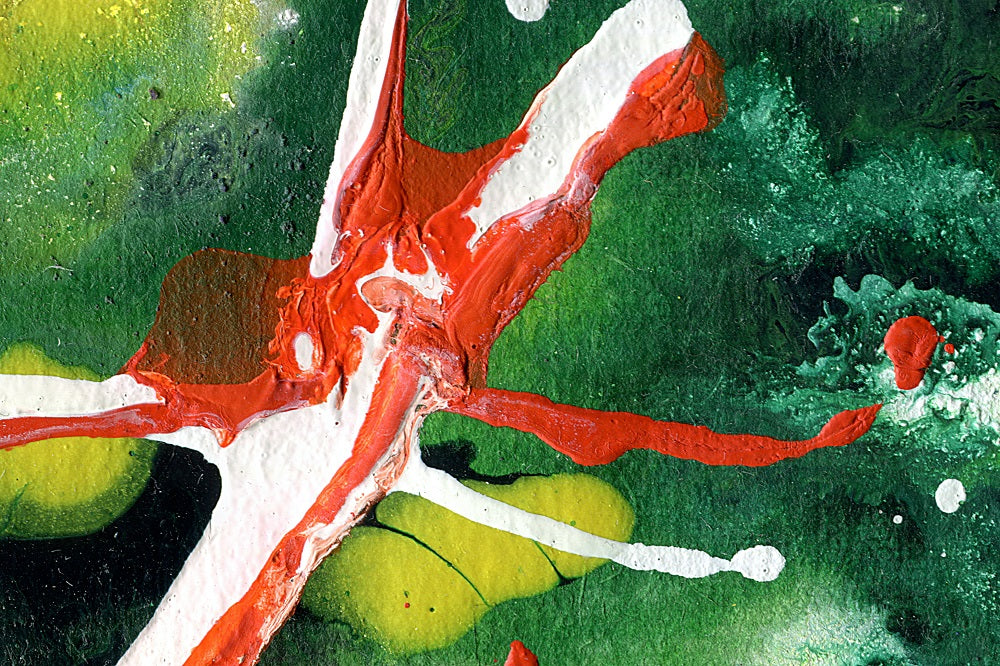
What defines sustainable art?
Share
Sustainable art, also known as eco-art or environmental art, is a form of artistic expression that incorporates ecological principles and aims to promote sustainability. It is characterized by its focus on environmental issues, social responsibility, and the use of sustainable materials and practices. Here are some key aspects that define sustainable art:
Environmental consciousness: Sustainable art reflects a deep concern for the environment and seeks to raise awareness about ecological issues such as climate change, pollution, deforestation, biodiversity loss, and resource depletion. It often explores the relationship between humans and nature and highlights the interconnectedness of all living beings.
Use of sustainable materials: Sustainable artists prioritize the use of environmentally friendly and non-toxic materials in their artworks. They may choose materials that are recycled, upcycled, reclaimed, or biodegradable. This approach minimizes the negative impact on the environment during the creation, exhibition, and disposal of art pieces.
Recycling and repurposing: Sustainable artists often incorporate recycled or repurposed materials into their artwork, giving new life to discarded objects. They may collect and transform waste materials like plastics, metals, paper, or found objects into artistic installations, sculptures, or mixed-media pieces.
Renewable energy and technology: Some sustainable artists explore the potential of renewable energy sources and technology in their creations. They may incorporate solar panels, wind turbines, or other sustainable energy systems to power their artworks or create interactive installations that promote sustainable behaviours.
Community engagement: Sustainable art often involves community participation and collaboration. Artists may work with local communities, organizations, or schools to create public installations, workshops, or educational programs that inspire environmental stewardship and foster a sense of collective responsibility.
Life cycle thinking: Sustainable artists consider the life cycle of their artworks, from production to disposal. They strive to minimize waste, energy consumption, and environmental impact throughout the entire process. This may include using eco-friendly packaging, reducing transportation emissions, or designing artworks that can be disassembled and recycled after their display.
Conceptual exploration: Sustainable art goes beyond the use of eco-friendly materials and practices. It encourages critical thinking and conceptual exploration of environmental issues. Artists may question societal norms, consumerism, and the human-nature relationship, offering alternative perspectives and inspiring conversations about sustainability.
Overall, sustainable art aims to inspire positive change, provoke dialogue, and encourage viewers to reevaluate their relationship with the environment. It seeks to create a bridge between art and sustainability, using creativity as a powerful tool to address pressing ecological challenges and promote a more sustainable future.

